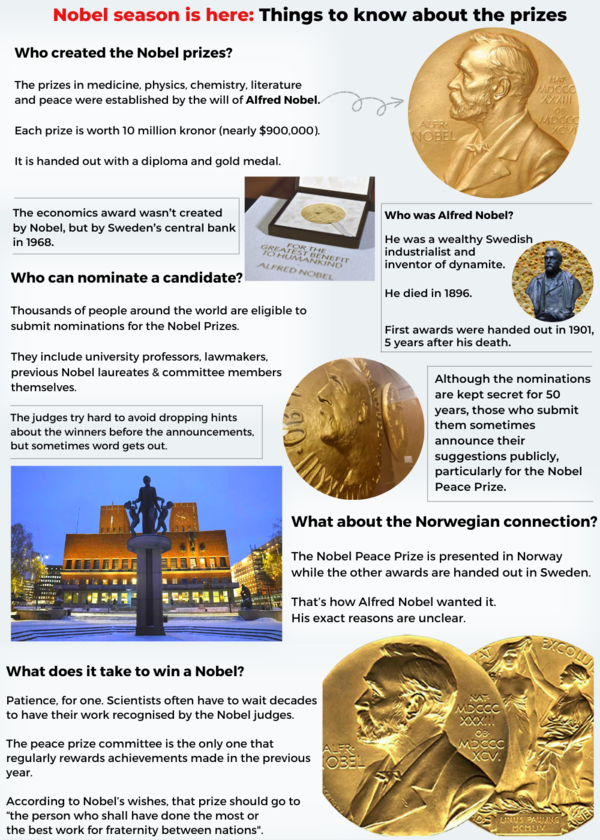The publication of that genome opened the door to investigating questions that had bedevilled paleontologists since Neanderthal fossils were first found in a German quarry in 1856: how did those early humans relate to modern ones, and what made them different?
Paabo’s abiding obsession — how to recover and analyse ancient genetic material — seemed destined to founder in the face of vexing technical difficulties, the Nobel committee said on Monday. Ancient DNA suffers from chemical damage and tends to be present in ancient samples at very low levels. It can easily be drenched in the DNA of scientists charged with handling it, making it difficult to distinguish ancient genes from modern ones. And bacteria too can leave DNA in fossils.

But Paabo harnessed the latest technology for sequencing DNA. When he needed more bone, he navigated the political sensitivities of obtaining chunks of fossils from other countries. He designed “clean rooms”, labs with high standards for cleanliness that protected specimens from contamination. And once he and his team unravelled the millions of fragments of DNA in the fossils, they used sophisticated statistical techniques to pick out the modern genetic contaminants.
“It was certainly considered to be impossible to recover DNA from 40,000-year-old bones,” said Dr Nils-Goran Larsson, the chairman of the Nobel Committee for medicine and a professor in medical biochemistry for the Karolinska Institute in Stockholm.
The research helped establish that modern humans and Neanderthals share a common ancestor that lived some 600,000 years ago. Paabo and his team also found genetic evidence that, during periods of coexistence, modern humans and Neanderthals had children together.
Neanderthals lived across much of Europe until they disappeared about 30,000 years ago for reasons that remain the subject of intense debate. The ancestors of modern humans evolved in Africa before migrating to Europe and Asia, where they mixed with more ancient human forms and picked up genetic changes that strengthened their chances of survival in new environments. Those included gene variants that improved the ability to live at high altitudes and influenced how the immune system responded to infection.
It took some three decades of research for Paabo to describe the Neanderthal genome. He first went looking for DNA in mummies and older animals, like extinct cave bears and ground sloths, before he turned his attention to ancient humans. “I longed to bring a new rigor to the study of human history by investigating DNA sequence variation in ancient humans,” he wrote in his 2014 memoir ‘Neanderthal Man: In Search of Lost Genomes’.
Paabo drew early inspiration from his Nobel laureate father, Sune Bergstrom, and in his memoir, recounts that he learned later in life of his father’s “double life”, that his existence had been kept a secret from his father’s other family. Of his own family, he says he “had always thought of myself as gay” before meeting the woman who would become his wife. He now identifies as bisexual and has two children with primatologist Linda Vigilant.





